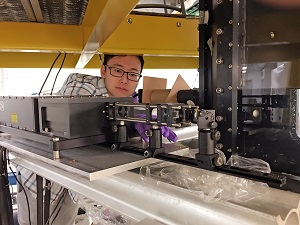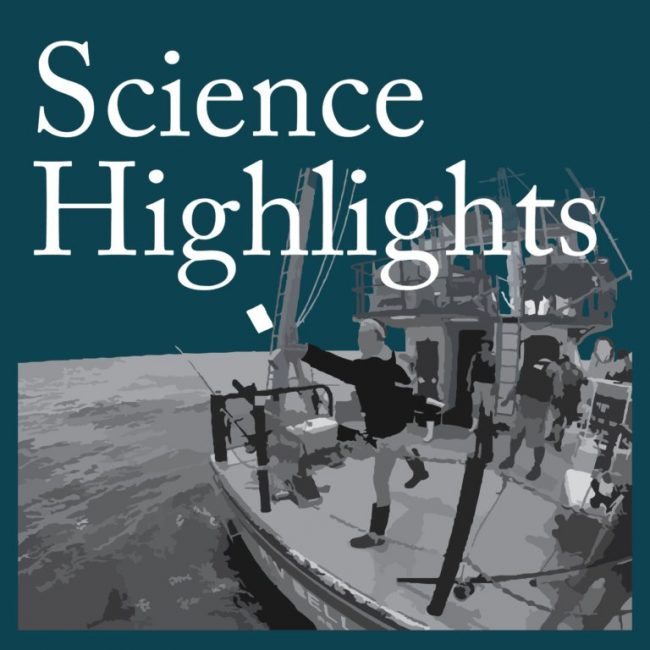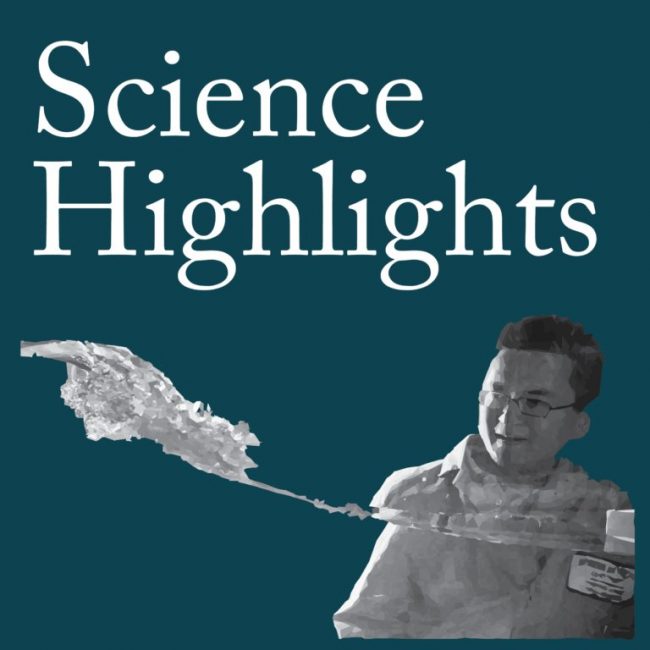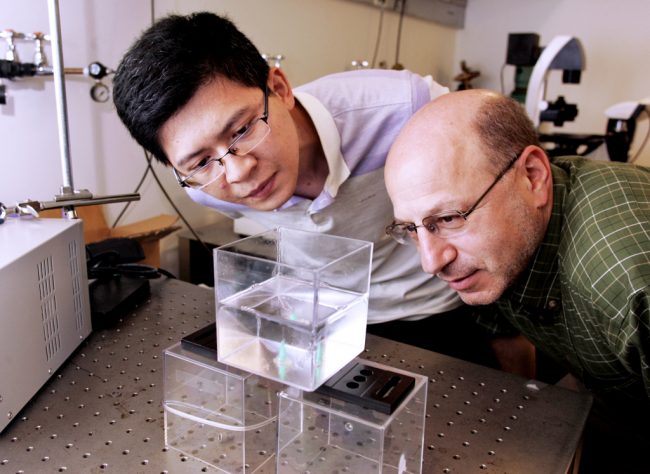Grad Student Xue Uses Light to Characterize Oil Plume Fragmentation
Laser light and high-speed cameras can help researchers observe the behavior of oil droplets within a laboratory-simulated oil plume and interpret how the oil subsequently may move through the water column. Xinzhi Xue uses lasers to non-invasively probe inside the oil plume and get a detailed look at the oil fragmentation process.








